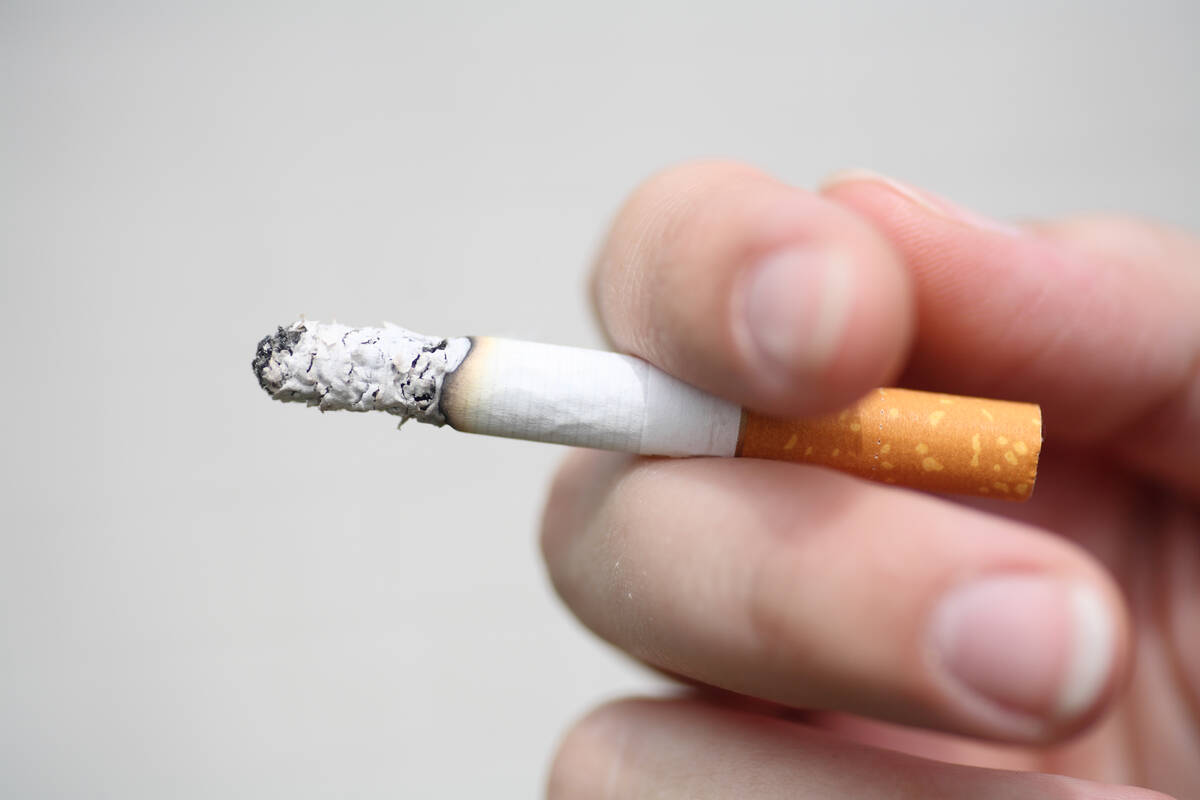COMMENTARY: Experts tout new tobacco alternatives
Americans love new technology, from reusable rockets to robotic microsurgery. So why is there so much opposition to new technologies that can replace traditional cigarettes with a product far less harmful?
That was one of the questions at the recent Nicotine &Tobacco Science Conference at the Medical University of South Carolina in Charleston. The participants shared a wide range of views, from the benefits of transitioning smokers to alternatives such as vaping and pouches and concerns over young people consuming smokeless tobacco products.
As the FDA wrestles with its policies on tobacco alternatives, researchers such as Shannon Gravely, an assistant professor with the International Tobacco Control Policy Evaluation Project at the University of Waterloo, say the benefits are clear. “Many people are saying they’re vaping to help quit smoking,” she said at the conference. “Some say they vape to keep from relapsing to smoking. It needs to be part of health guidelines that vaping can help quit smoking.”
One frustration repeatedly expressed by presenters was that public health officials’ bias against nicotine kept them from looking objectively at the research regarding alternatives to traditional cigarettes.
Jonathan Foulds, a Penn State public health sciences professor, recalled the reaction when he spoke at a World Health Organization meeting in the 1990s. “The meeting went apoplectic when I said there was less harm from smokeless tobacco,” Foulds said.
Foulds has focused his career on helping people beat tobacco habits. He said alternatives such as Snus, a Swedish product that is consumed by placing a pouch of powdered tobacco in the mouth, have fewer adverse health effects than regular cigarettes. He said that rates of oral and lung cancers are lower for Snus users.
He also pushed back on concerns that alternatives to combustible cigarettes were a danger to teens. “They deliver a meaningful amount of nicotine,” Foulds said of different products available to replace cigarettes. “They’re not causing a major use problem in young people.”
Nonetheless, the issue of young people taking up these products, particularly disposable vapes, remains contentious.
The rate of young people taking up products advertised as alternatives remains a concern to regulators and researchers, but comparisons among the various products remain elusive, according to David Ashley a research professor at the Georgia State University school of public health. The companies constantly innovate and offer improvements, but the FDA has yet to say what constitutes a “substantial change,” Ashley said.
He also said that comparisons need to be made between related products, so heated tobacco products should be compared to vaping products and not traditional cigarettes.
While vaping products have created divisive ideas between health officials, regulators and researchers, Waterloo researcher Gravely said there’s a balance between disincentivizing usage among minors and promoting the benefits for adults.
“E-cigarettes can help people quit,” said David Hammond, a professor at the University of Waterloo school of public health sciences. “These products can play a role in ending tobacco addiction.”
Hammond presented research looking at the rates and patterns of 16- to 19-year-olds, which suggested that regular usage among that demographic is giving researchers better insight into perceptions of addiction and trends. While demand for nicotine among youth in Canada remains high, there is a growing interest in nicotine pouches and other smokeless products.
One thing the conference attendees agreed on: Cigarette smokers and public health professionals want smoking to stop. Hammond noted that 90 percent of cigarette smokers say they regret having started. “It’s about reach and getting more smokers to try better treatments and sooner,” Hammond said.
Jessica Towhey writes on education and energy policy for InsideSources.com.


















